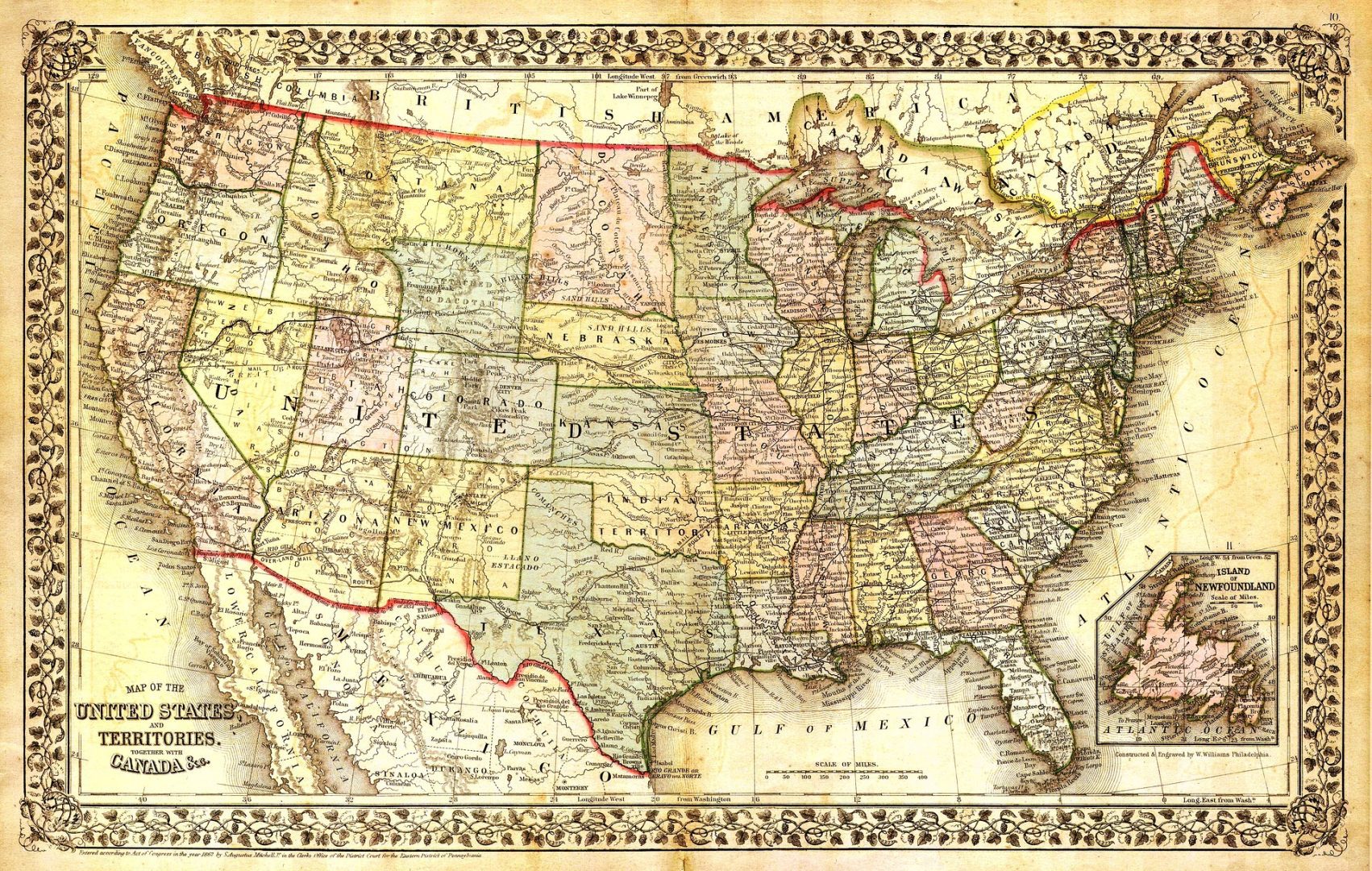April 2024 is the last fully funded month of the Affordable Connectivity Program.
Last-reviewed: March 26, 2024

Many nutrition and income assistance programs receive funding from their state, however, much of that funding originates with the federal government. As a result, care teams can affect change in nutrition and income maximization by advocating at any level – federal, state, or local. Care teams can also monitor the news on federal spending legislation.
Financial Assistance
- Social Security: For 2024, the SSA has increased monthly benefits by 3.2% due to a COLA. The SSA has a new rule that makes it easier for applicants to file a late reconsideration request and receive benefits while the reconsideration is pending. The best way to contact the SSA is through the online portal or a kiosk at a local office. Applicants for disability benefits can expect to wait an average of 206 days before receiving their initial decision. Care teams can help applicants manage expectations and plan for a delay.
- Social Security Disability Income: General information about benefits and information about SSDI non-citizen recipients who leave the US.
- Supplemental Security Income (SSI): Each year SSI recipients receive a Cost of Living Adjustment. For 2024, SSI payments increased for individuals from $914 to $943. SSI recipients who incurred overpayments during the pandemic due to SSA administrative errors may be eligible for waivers of these overpayments.
- Taxes: Federal taxes are due April 15, 2024. State tax deadlines vary. Check state government websites for specific state deadlines. The IRS offers two free tax preparation services: the Volunteer Income Tax Assistance (VITA) and the Tax Counseling for the Elderly (TCE). VITA/TCE locator tool here.
- ITIN: People without a social security number can request an Individual Taxpayer Identification Number (ITIN). Care teams can share information on the benefits of using an ITIN (in English and en Español) for people without immigration status.
- Credit: Free credit reports are available online weekly at www.annualcreditreport.com. Care teams can help people explore creative ways to build credit like having a landlord report paid rent through Experian’s RentBureau.
- Internet: The Affordable Connectivity Program is winding down. The last fully funded month is April 2024. No new enrollments are being accepted. Households should review wind down materials carefully and consider alternative reduced phone and Internet programs, like Lifeline. The FCC offers materials about the wind down in multiple languages.
Nutrition Assistance
- Families seeking food assistance can contact the USDA National Hunger Hotline, by phone (1-866-348-6479) Monday to Friday between 7 am and 10 pm EST. They can also text (914-342-7744) to locate SNAP, EBT, and School Meal programs in their area.
- SNAP: For more information about the COLA and shelter cap values see this USDA announcement. SNAP’s 3-month time limit for childless adults who are not working and between the ages of 18 and 52 is in effect. There are some exceptions. Care teams can check their state’s plan by visiting USDA waiver list.
- D-SNAP: Disaster SNAP benefits are available for low-income families who experienced food loss after a natural disaster. Care teams can check to see if their catchment area qualifies for D-SNAP by visiting the USDA list.
- SNAP Replacement benefits: SNAP recipients who have a household misfortune that caused food loss, like a fire, flood or loss of electricity for 4 hours or more, or equipment failure, may be able to request replacement benefits. SNAP recipients need to report the food loss within 10 days to the state agency managing SNAP and often need to complete a specific form. Check with the local state human services agency for specific rules and requirements or visit the USDA for more information.
- Special Supplemental Nutrition for Women, Infants and Children (WIC): Parents and caregivers can apply for benefits through their local WIC office. Care teams can help people struggling with the nationwide infant formula shortage by connecting them with community resources. Care teams can also use this USDA pre-screening tool to help families determine if they are eligible.
- School Lunch: Students qualify for free lunch if their household gets food assistance (SNAP), financial assistance (TANF), or tribal assistance (FDPIR); by meeting the requirements for their state’s National School Lunch Program; or by attending a school that is covered by the Community Eligibility Provision.
- Nutrition: People can find updated dietary guidelines, shopping guides, and recipes at myplate.gov.
Spotlight on Public Charge
Many immigrants who are applying for legal permanent residency are concerned about the public charge test affecting their application.
- Financial assistance programs are considered for the public charge test. This includes TANF, SSI, and general cash assistance.
- Nutrition assistance programs are not considered for the public charge test. This includes SNAP, P-EBT, WIC, school lunch, summer meals, and food pantries.
Care teams can provide people who are concerned about public charge with resources from Protecting Immigrant Families (available in 9 languages).
